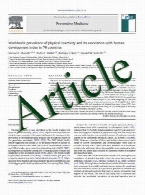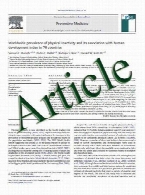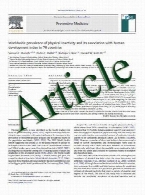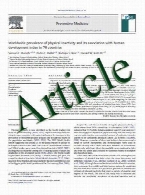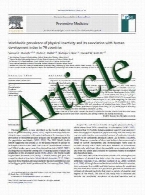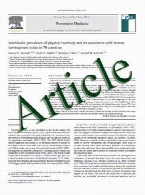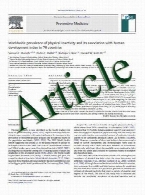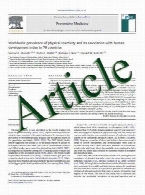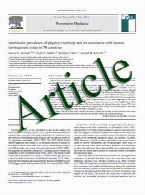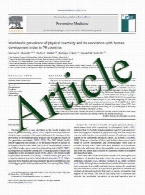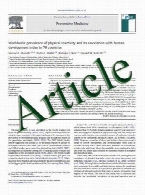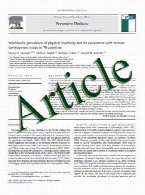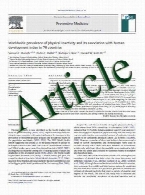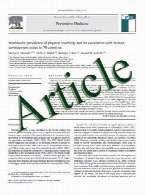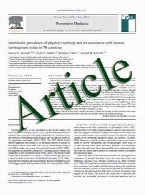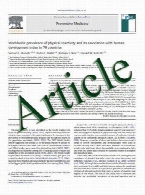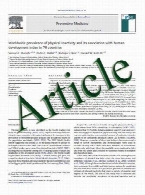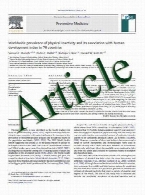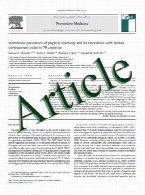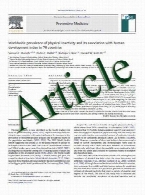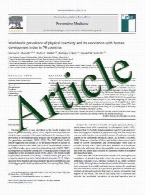

Concurrent Chiari decompression ...
Background and purpose We describe the rationale and safety of concurrent decompression of Chiari type 1 malformation (CM1) and untethering of the s ...
Use of twist-drill craniostomy ...
Background Recurrence rates after chronic subdural hematoma (CSDH) evacuation with any of actual techniques [twist-drill craniostomy (TDC), burr-hol ...
Transvenous balloon-protected e ...
Background Scalp arteriovenous fistulas (AVFs) are rare and potentially complex lesions that can be treated in a multimodal fashion. We present here ...
Application of intraoperative i ...
Background Videoangiography using indocyanine green (ICG) has been used in the ophthalmologic field for a long time. It was introduced to the neuros ...
Continuous intrathecal glyceryl ...
Background Delayed cerebral vasospasm after aneurysmal subarachnoid hemorrhage (SAH) is a major cause of high morbidity and mortality. The reduced a ...
Health-related quality of life ...
Background Spinal cordectomy has been described as an effective treatment option in paraplegic patients for the treatment of syringomyelia to manage ...
Role of calcification in the ou ...
Purpose This study examined clinical and aneurysm characteristics in patients with unruptured aneurysms, treated with either coiling or clipping at ...
Surgical intervention for sever ...
Background The aim of this study was to compare the predicted outcome with observed outcome in those patients who have had a unilateral decompressiv ...
Comparison of stand-alone polye ...
Background Anterior cervical decompression and fusion (ACDF) is a widely accepted surgical procedure for the treatment of cervical degenerative disc ...
Delayed caroticocavernous fistu ...
Constructive endovascular techniques remain the mainstay for the treatment of cavernous carotid aneurysms due to their efficacy. However, they do ha ...
The clinical features and surgi ...
Background Cavernous malformations (CMs) are not uncommon, but most of them are found to be located intracranially. Intramedullary CMs are rare, acc ...
Compressive myelopathy due to o ...
Background Ossified yellow ligament (OYL) is a rare, disabling cause of extradural compressive radiculomyelopathy, responding poorly to surgical int ...
What is the cause of post-traum ...
Background Post-traumatic stress disorder (PTSD) is common after subarachnoid haemorrhage (SAH) and causes poor outcome. Knowing which SAH events ca ...
Are stereotactic sample biopsie ...
Objective Recent improvements in imaging-based diagnosis, the broader application of neuroendoscopic techniques and advances in open surgery techniq ...
Intermediate segment degenerati ...
Background Studies suggest that the annual incidence of symptomatic adjacent segment disease is 2–3%. Because biomechanical studies have shown incre ...
Controlateral cavernous syndrom ...
Intracavernous carotid artery aneurysms (ICCAs) are rarely associated with life-threatening complications. We describe a 55-year-old woman who, afte ...
The Geriatric Scoring System (G ...
Background Meningiomas are the most common primary brain tumor, the incidence of which rises with age. The Geriatric Scoring System (GSS) was constr ...
Genu of corpus callosum in diff ...
Background Previous studies have shown a relationship between diffuse axonal injury (DAI) and unfavorable clinical outcome in patients with traumati ...
Ruptured cerebral oncotic aneur ...
The study design involved case reports and review of the literature. Oncotic aneurysm from choriocarcinoma is an extremely rare event that should be ...
Minimally invasive percutaneous ...
Background Minimally invasive percutaneous pedicle screw instrumentation methods may increase the need for intraoperative fluoroscopy, resulting in ...
Endovascular treatment of compl ...
Background Intra/extra-aneurysmal stent placement for treatment of complex and wide-necked bifurcation aneurysms has been previously described. Howe ...
Management of infratentorial su ...
Decompression of the foramen magnum for symptomatic Chiari malformation attends a small but significant risk of infratentorial subdural extra-arachn ...
The association of aggrecan gen ...
Background Intervertebral disc degeneration is now considered to be genetically determined in large part, with environmental factors also playing an ...
Cognitive outcome after EC-IC b ...
Objective The purpose of this study was to evaluate cognitive functions in patients undergoing extracranialintracranial (EC-IC) bypass surgery for c ...
How I do it: cervical lateral m ...
Background Cervical lateral mass screw fixation is indicated for the treatment of cervical subaxial C3-C7 lesions associated with instability. Meth ...

